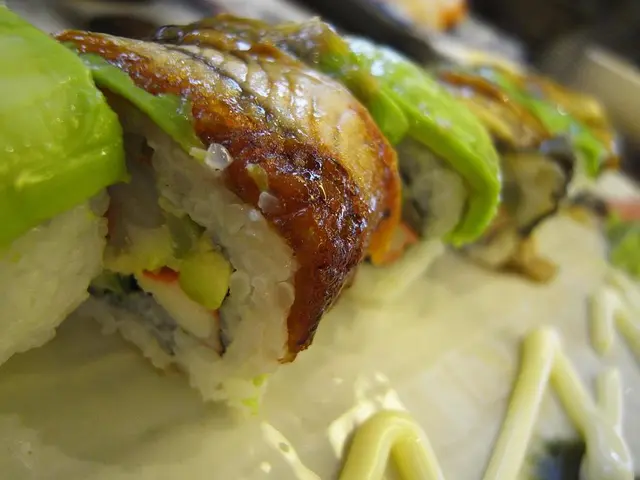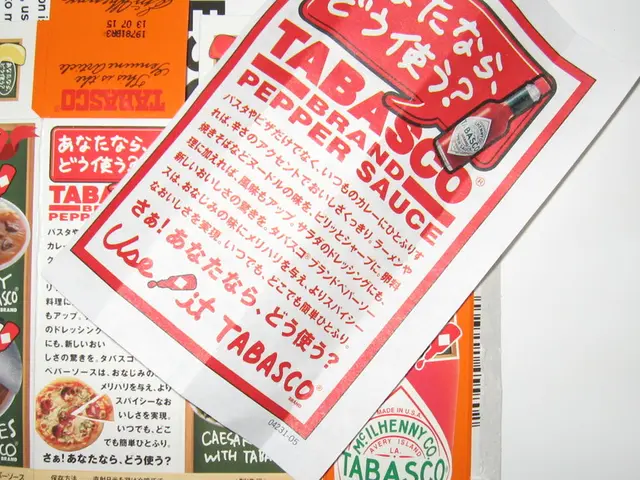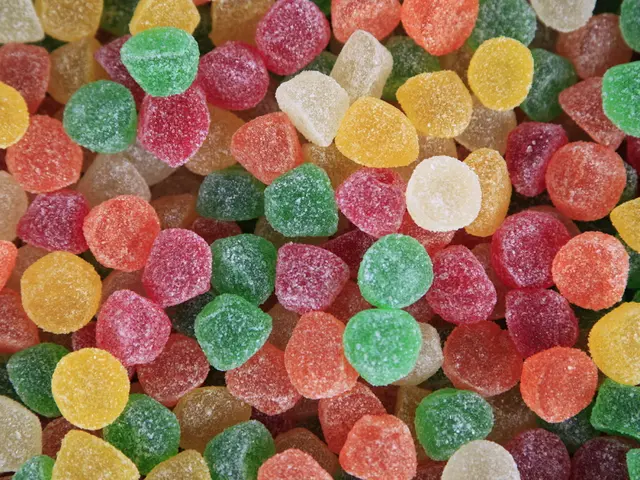Crafting an alternative plant-based protein source
Ready for a fresh spin on protein tech? Let's dive into the world of Leaft Foods, a Kiwi (yes, New Zealand) company on a mission to shake up the food game.
These innovative folks are all about extracting a top-notch protein called rubisco from leafy greens. You might be asking, "What's the big deal with this rubisco protein?" Let's break it down!
First off, rubisco is a protein found in the leaves of plants like spinach, kale, and alfalfa sprouts. Herbivores can easily access this protein, but humans struggle because we've got a digestive system that's not designed for it (we'd need to chow down on some serious amounts of greens to get any meaningful amount).
Leaft Foods stepped up to the plate to make it easier for us protein-loving humans. They've cooked up a way to extract rubisco from crops (primarily lucerne) and turn it into a neutral-tasting, soluble, highly digestible protein powder. No known allergens here, folks, and it's packed with a complete amino acid profile, making it a solid and earth-friendly alternative to animal and grain-based proteins.
Now, you might be wondering how this powder stacks up in the kitchen. Well, let's just say it shines in seafood-free pavlovas, drinks, and even desserts. It holds its own!
The excitement for the protein powder has steered Leaft in a new direction. Originally, they planned to sell it as a high-value product to food manufacturers, but now their focus has shifted to on-site food manufacturing. This way, farmers can reap the benefits too.
In 2022, Leaft set up a commercial-grade facility to grow their manufacturing capabilities and support the scaling up of the protein extraction process. They've also attracted some high-profile investors, like Ngāi Tahu Holdings, NBA star Steven Adams, ACC, and US-based Khosla Ventures (yes, they also invested in Rocket Lab). This investment helps Leaft scale up the extraction, further research the development of different food products, and increase manufacturing capacity before the big market launch.
As they grow and expand, the Leaft team is working on figuring out where lucerne crops and the protein-optimized animal feed/silage co-product fit into existing farm systems. They see tremendous benefits for farmers and the environment. For instance, farmers could grow lucerne on vulnerable land (like near water bodies) since it's not grazed but only harvested. The environmental modelling suggests that producing rubisco protein directly from leafy crops could produce a whopping 17 times lower carbon footprint per hectare compared to conventional dairy protein from dairy farming. That's some serious environmental impact reduction!
With the lower carbon footprint, protein-rich feed for animals, and potential for additional income for farmers, the Leaft system offers some impressive sustainability benefits for the agricultural world. It's a win-win-win situation!
Now you know about Leaft Foods and their rubisco protein. If you're hungry for more knowledge, dive into the fascinating world of food function and structure, learn about silage, or explore other research projects aimed at developing sustainable foods. Here's your chance to help shape a more environmentally-friendly food future!
- Leaft Foods' rubisco protein, extracted from leafy greens, is a game-changer for health-and-wellness and fitness enthusiasts, offering a neutral-tasting, highly digestible, and allergen-free protein powder.
- This protein powder, with a complete amino acid profile, can be incorporated into various lifestyle choices, such as seafood-free pavlovas, drinks, and even desserts, making it versatile for the food-and-drink sector.
- Beyond its kitchen applications, Leaft Foods' focus has shifted to on-site food manufacturing, aiming to provide farmers with benefits from the lucerne crops and protein-optimized animal feed/silage co-product.
- In the pursuit of sustainable food production, Leaft Foods is striving to optimize lucerne crop cultivation on vulnerable land and reduce the carbon footprint of their protein extraction process by 17 times compared to conventional dairy farming, contributing to a greener food future.








